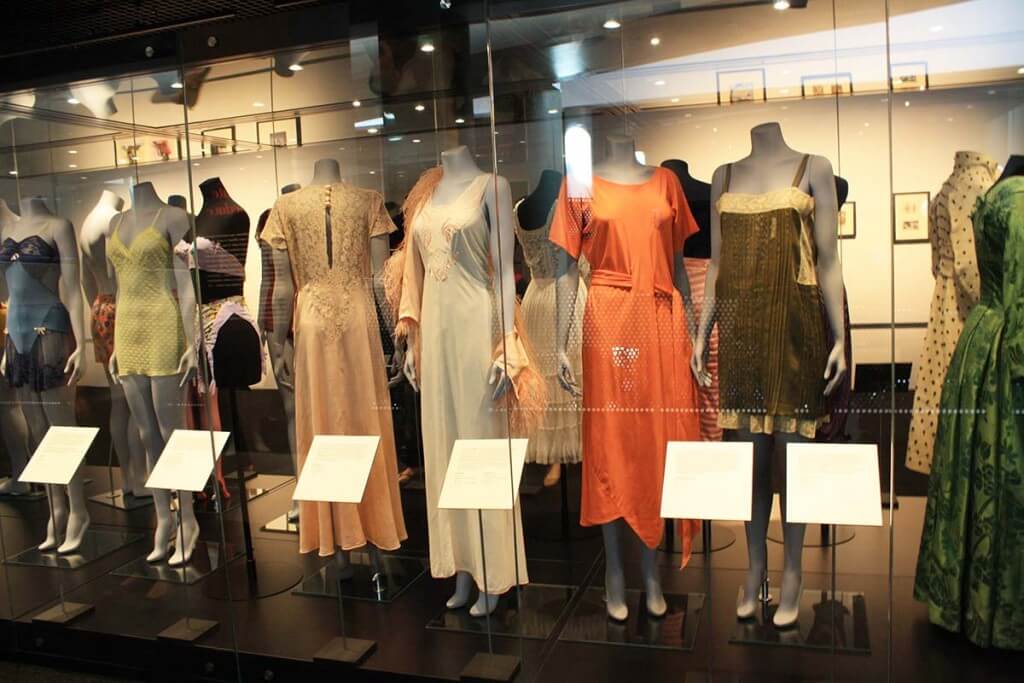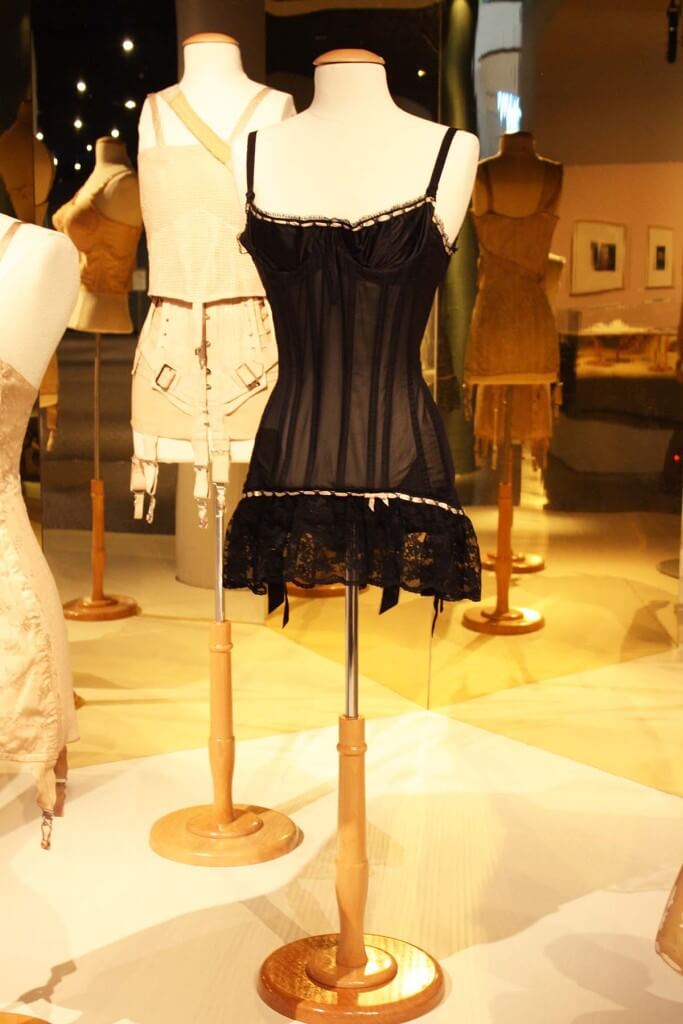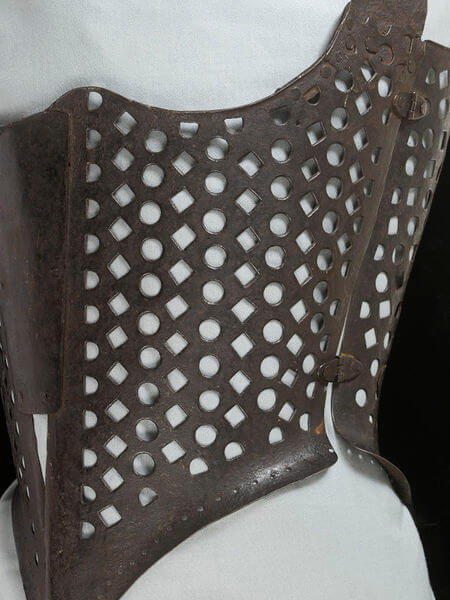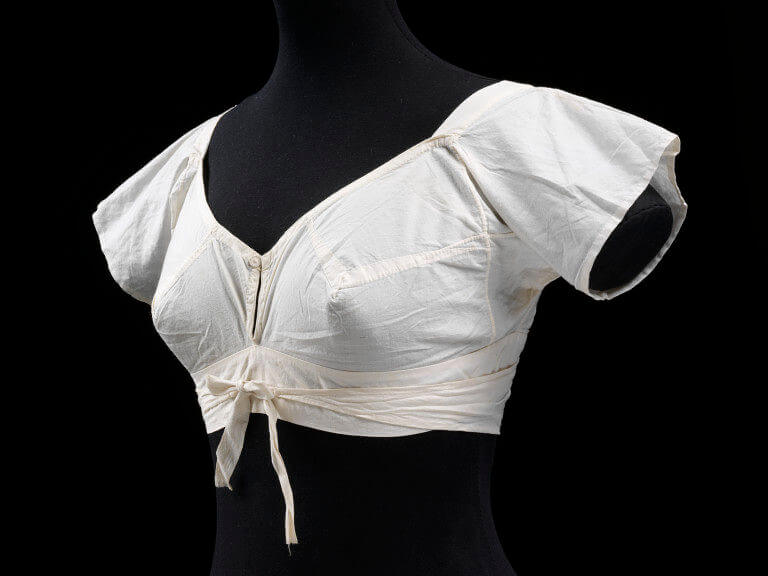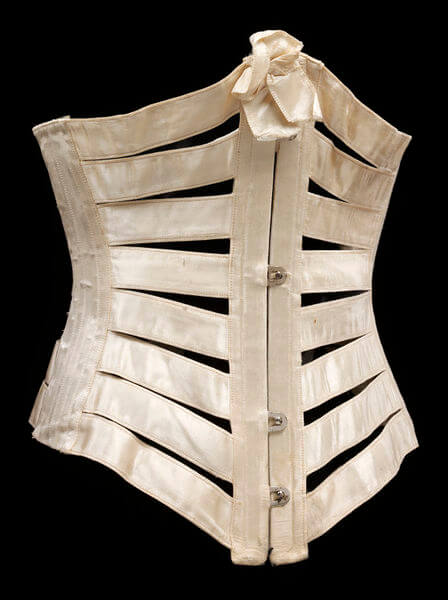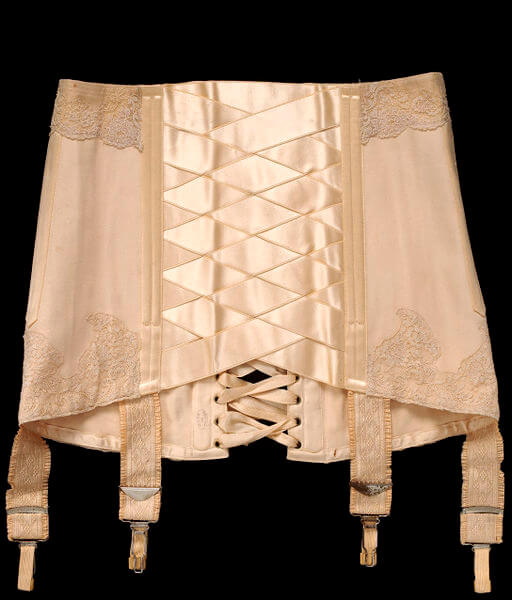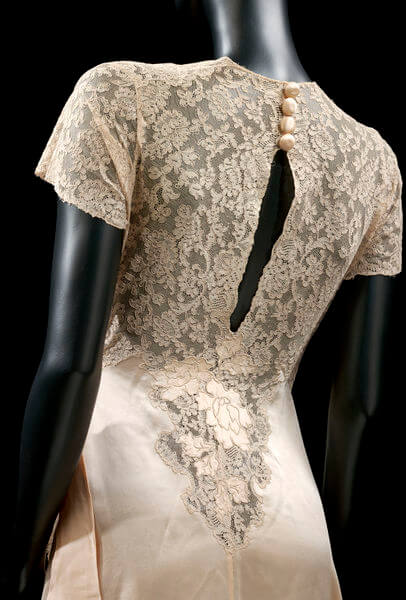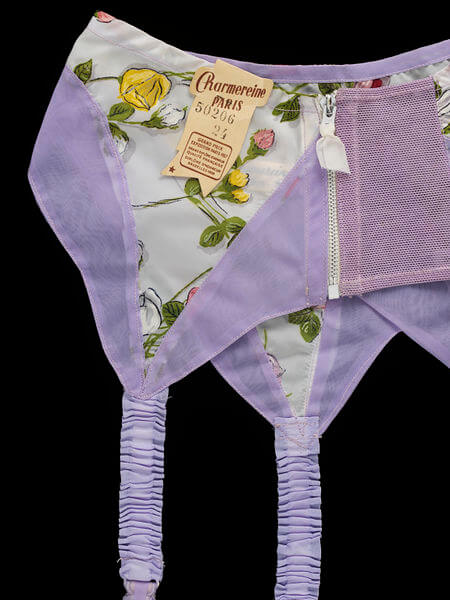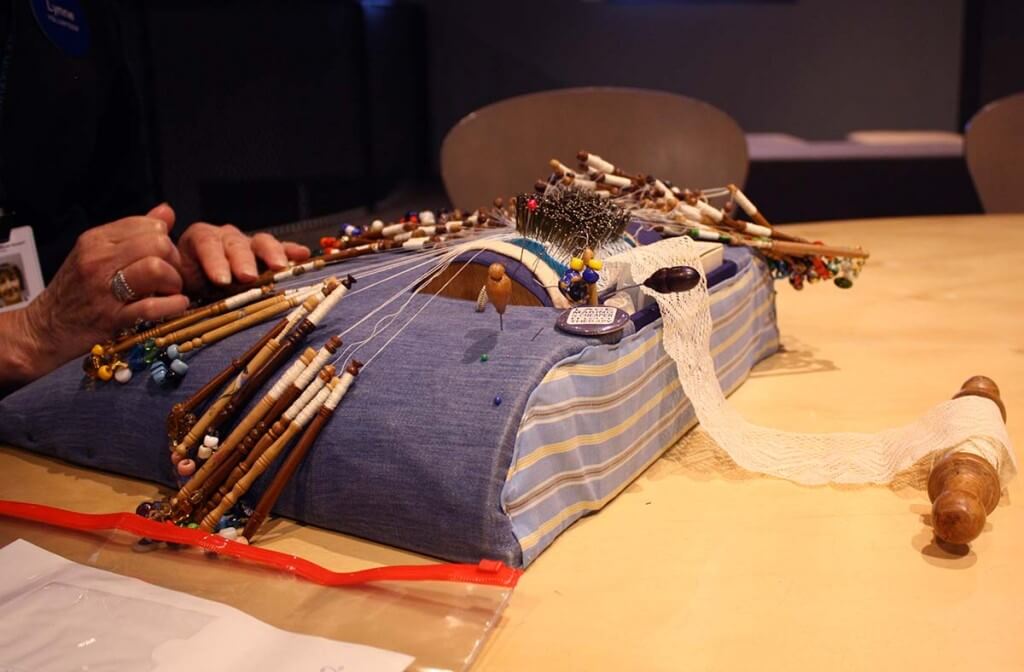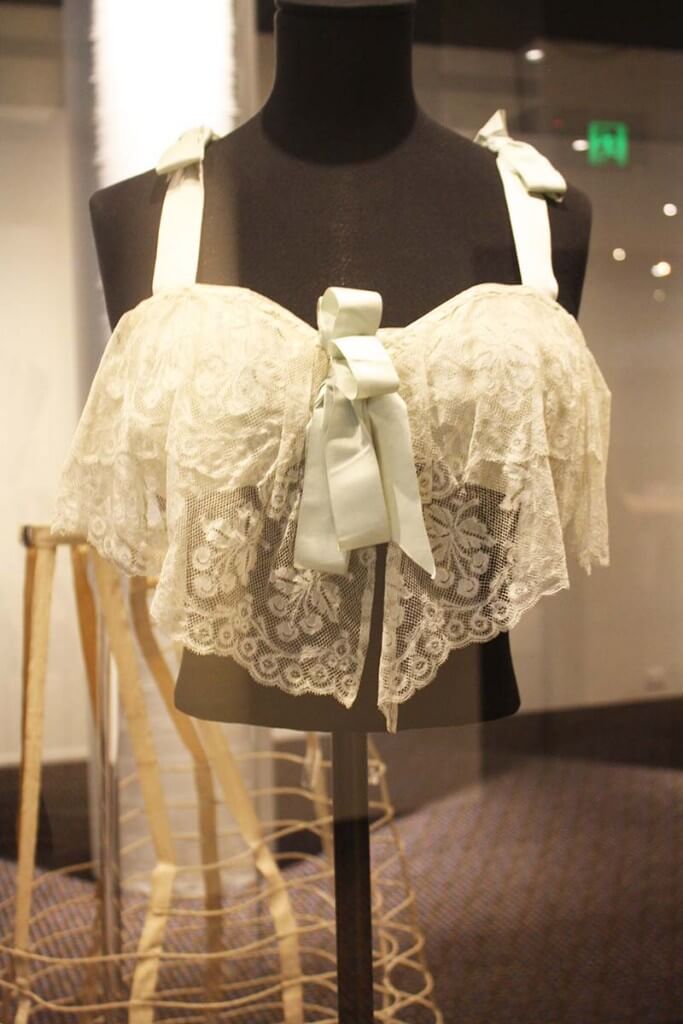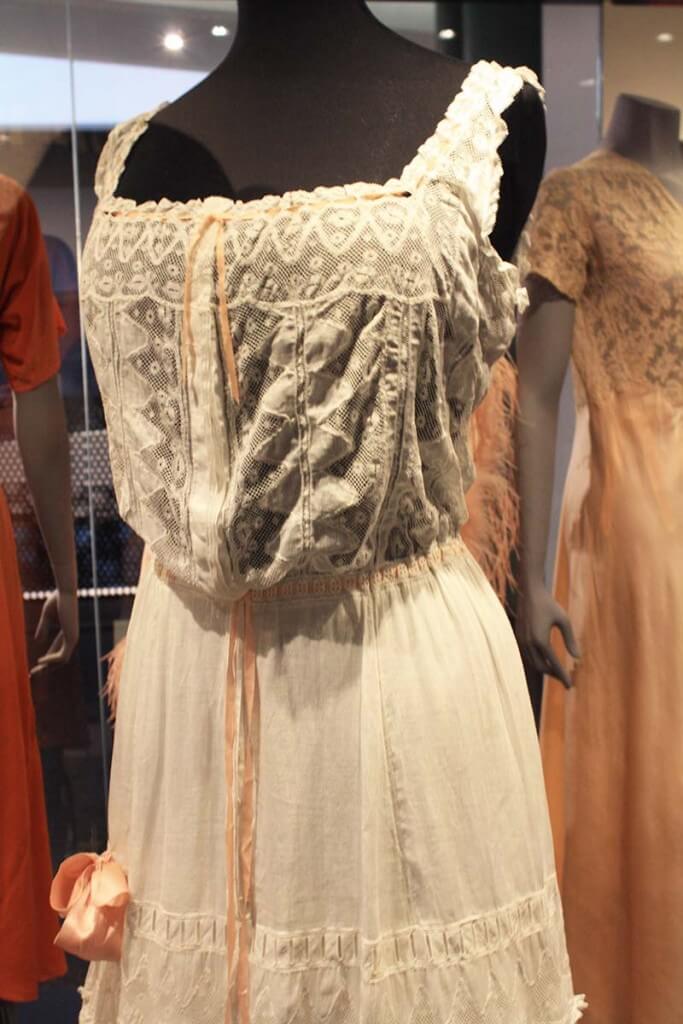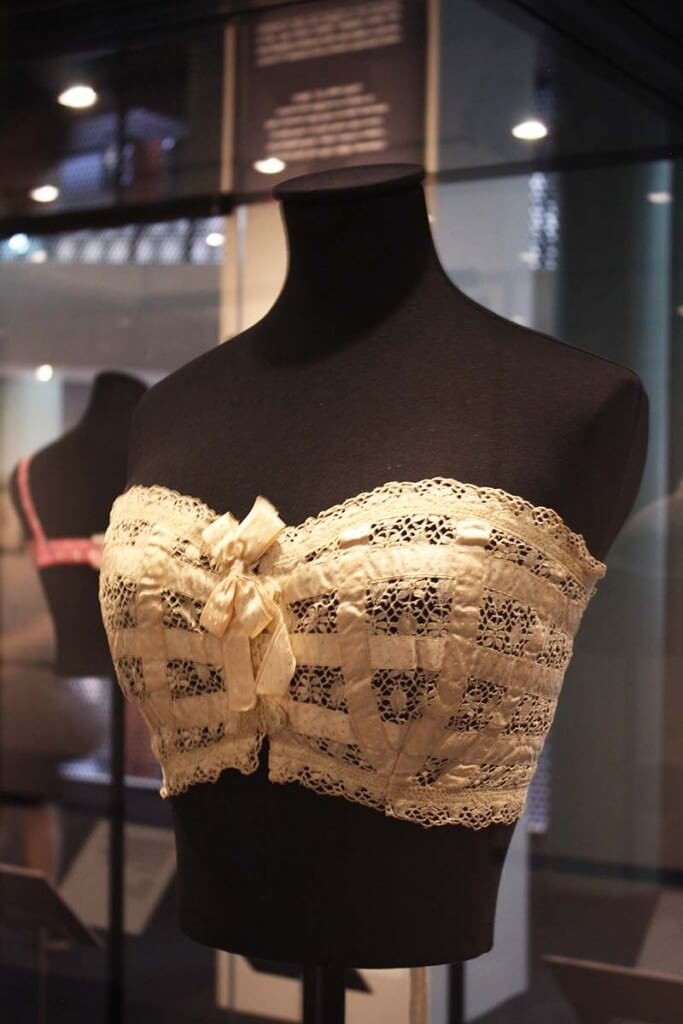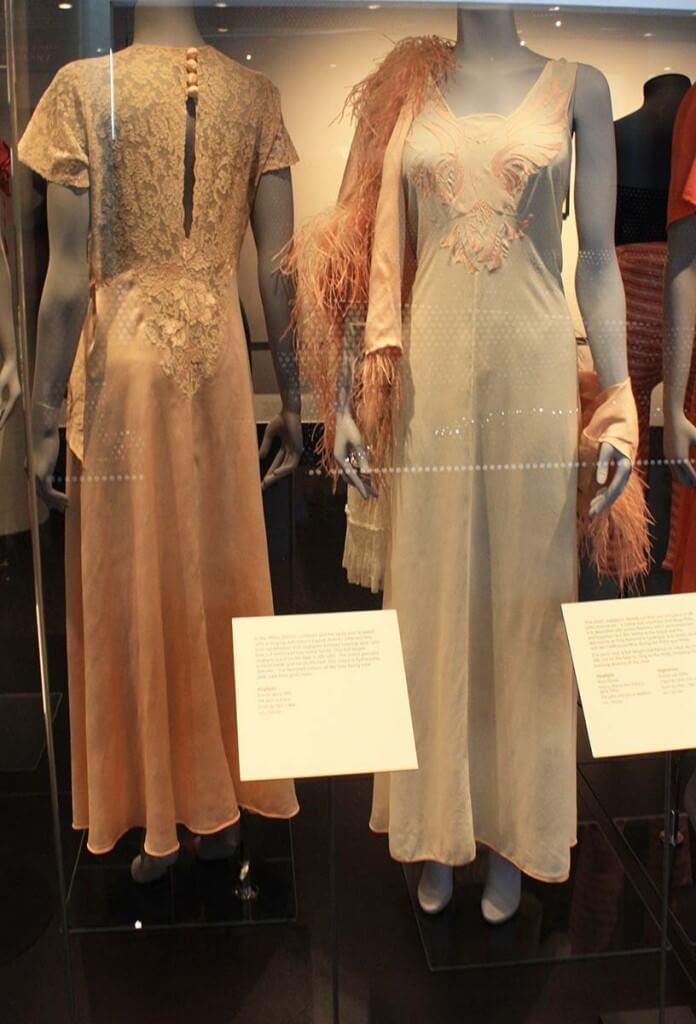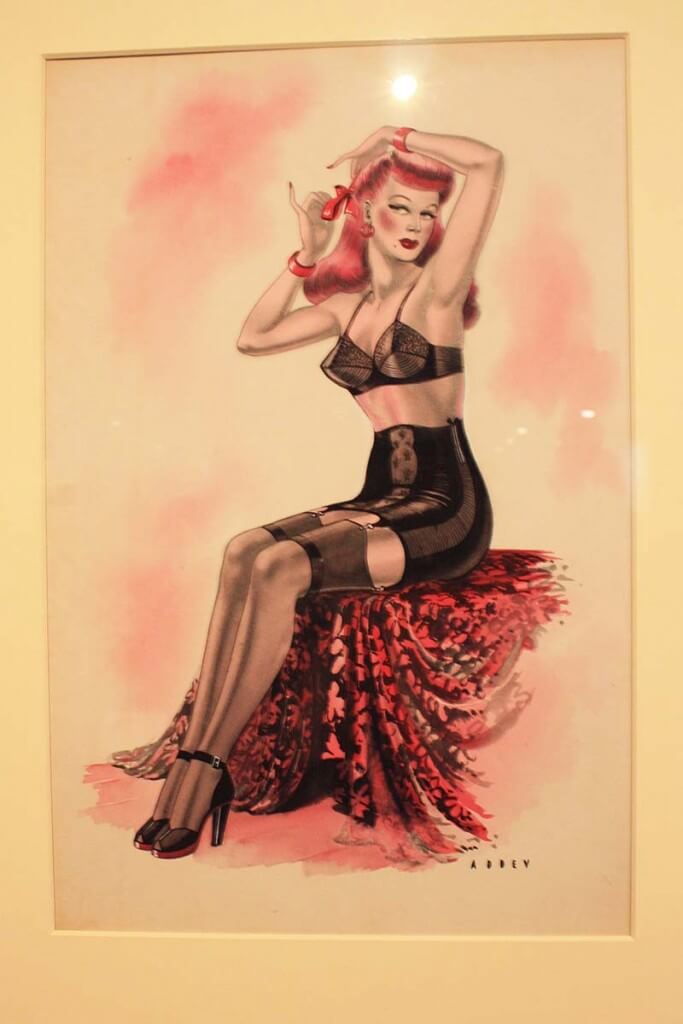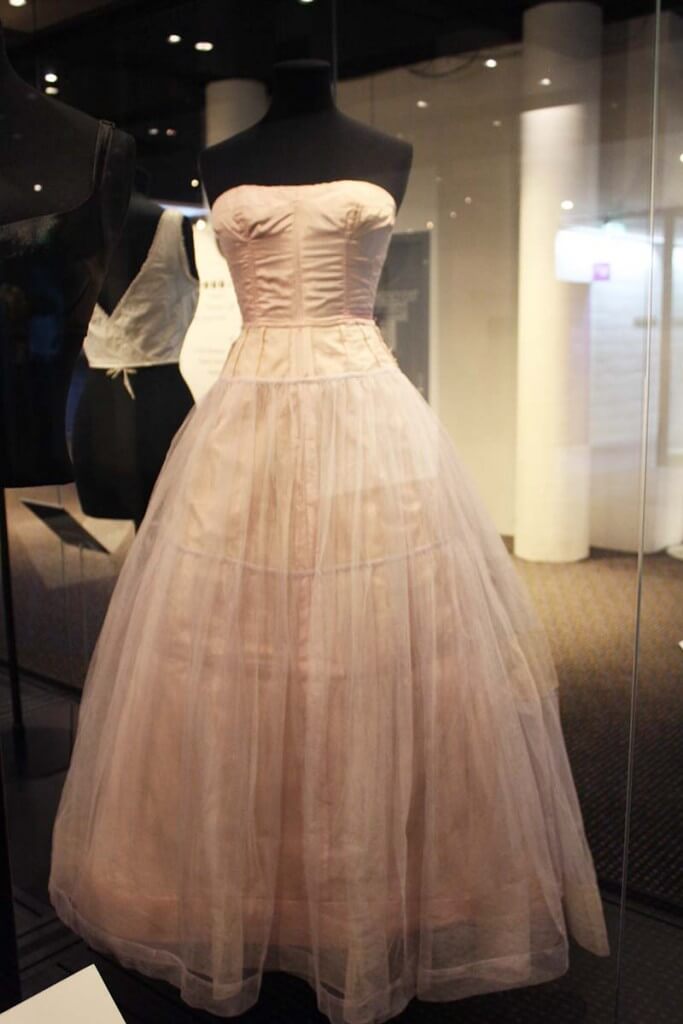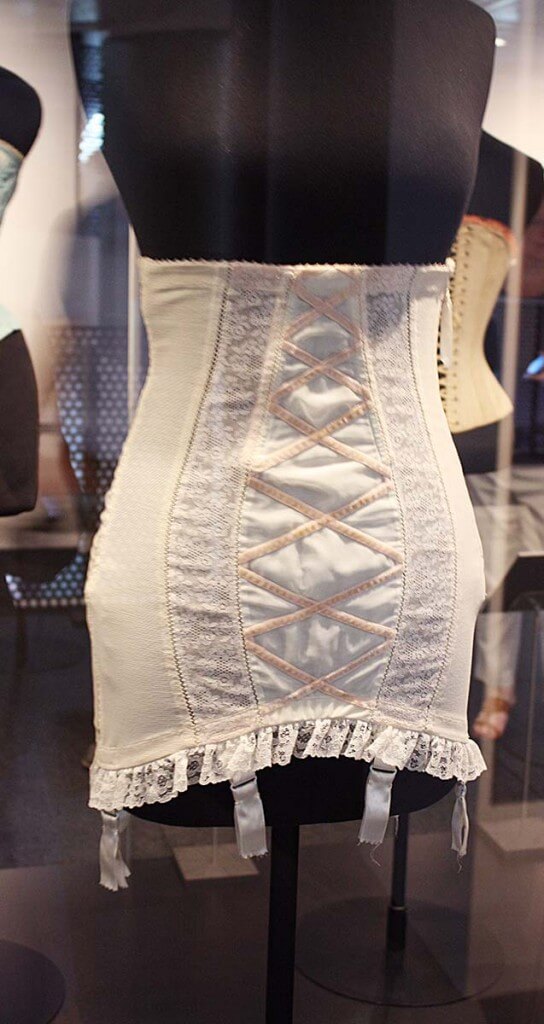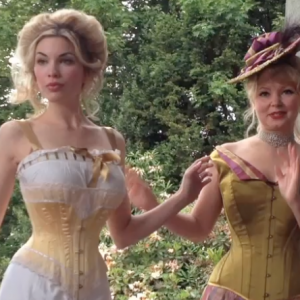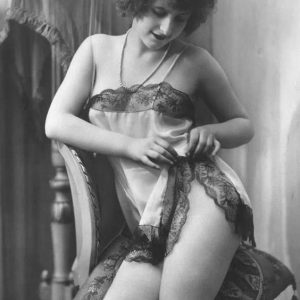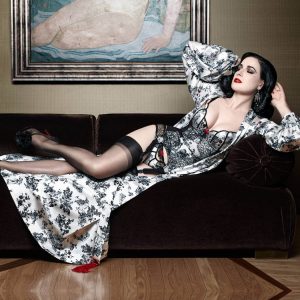Lingerie Exhibition - Undressed: 350 Years of Underwear in Fashion
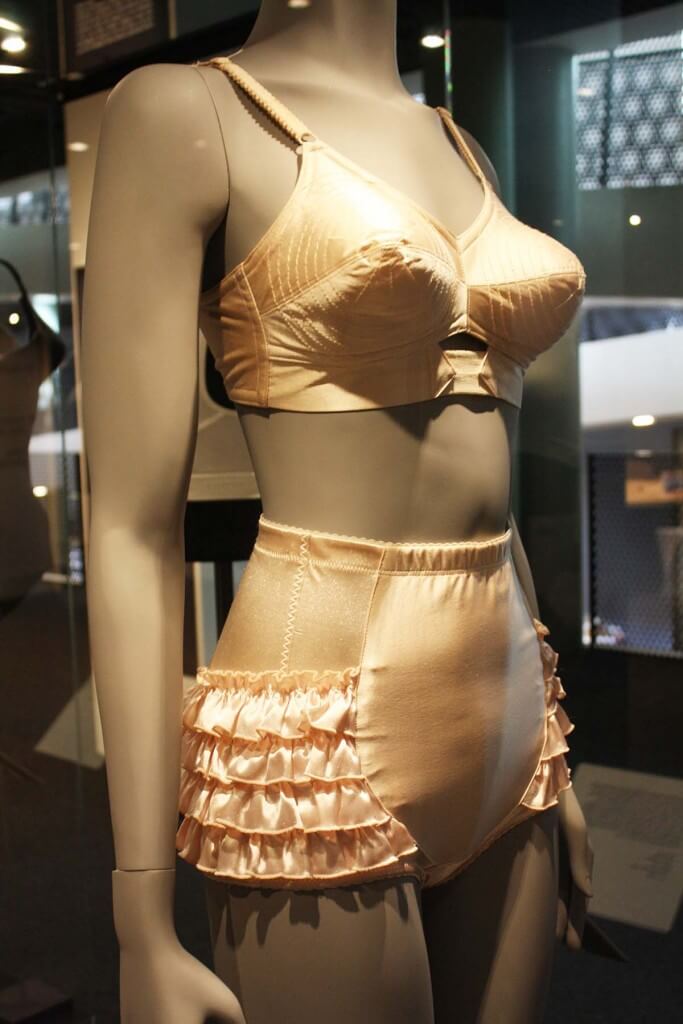
Rigby and Peller 2009. This limited edition set was created to mark the 70th anniversary. Inspired by 1950's lingerie. As worn by Katy Perry. Photo by Kathryn Wellington
Lingerie is both a necessity and an indulgence. For many centuries in european history, lingerie has aided women in shaping our bodies for the fashions of the day. We have been cinched in, uplifted, flattened, and padded all in the name of fashion. In my understanding, our expertise in lingerie today is shaped from a knowledge of our past and is what drives us into the future.
Recently, I attended a beautifully curated exhibition Undressed: 350 Years of Underwear in Fashion held at Sydney’s Powerhouse Museum. In the exhibition are more than 80 pieces from the Victoria and Albert Museum, some never or rarely shown to the public. Alongside Undressed is another exhibition called Recollect: Underwear, which displays vintage lingerie from three Australian brands: Berlei, Bonds and Madame Lash. Undressed showcases garments, art, magazine ads, photographs and some couture pieces exploring concepts of lingerie. The exhibition is located just outside the Powerhouse’s Lace Study Centre and I had the opportunity to meet with expert bobbin lace maker Lynne, who kindly showed me her current project.
Lingerie trends, like fashion trends, are always rotating. What once was old is new again. Whilst we may not start wearing drawers like those worn by Queen Victoria again, there is always a time and a place for something fabulous to come back into fashion. Lingerie for some is simply underwear, worn for a purpose. Whilst for others, it is about the feeling that comes from wearing fine underpinnings. The exhibition explores each piece in the collection, offering insights into the owner or brand, time period, fabrics, and any notable facts from the garment's era. The relationship between wearing undergarments for purpose or for fashion is explored throughout the exhibition.
Below are some of the notable pieces from the exhibition. This is only a glimpse into what the exhibition offers. If you are in Sydney, it is worthwhile checking it out.
Metal Stays: France 1600s or 1700s
At the exhibition, the metal corset was quite shocking. Many people gathered around to observe and understand why and how. It’s a very powerful symbol. We must remember most women did not wear this style of corset. The information accompanying the corset advised it was most likely used as an orthopaedic device to correct spinal deformities. The corset is made out of four plates of iron with perforated square and round holes, no doubt to reduce the weight of the corset. It would have been lined to protect the wearer from chafing. Whilst I can try to make sense of this corset, it still shocks and amazes me each time I look at it.
Oldest Bra in a Museum: Britain 1800-1830
The exhibition gave the bra below the title of the 'oldest known bra in any museum.' Whilst it is not the oldest bra discovered, it certainly is old -- dating to the 1800s. For the history buffs, there were bras discovered in Austria that have been dated to 1390-1485. You can read about these here.
Whilst the bra seems to be a modern-day cropped blouse, this cotton bra was designed to support the bust. Before the invention of elastic, women still required an adjustable fit so ties, such as the wrap around ties we see here were used. This rare piece offers insight into what women wore 200 years ago.
Underbust Ribbon Corset: Britain 1900
Corsets have a long history, and there are many examples at Undressed from different eras. The ribbon corset was favoured at the time for its relative ease of movement. Though, it is still heavily boned at the sides and back. This style of corset was quite popular as a boudoir corset and also as a sports corset. It is made out of silk satin ribbon with a closed waist circumference of 48cm or 19 inches. I have to wonder how comfortable it would have been to exercise while wearing this?
Tango Corset: France 1914
A unique style of dance came into fashion in the 1910s… the Tango. As dancing fever swept up America and Europe, the need for a less constrictive corset was apparent. Young women abandoned stiff whalebone corsets but still required assistance with achieving the fashionably slim figure. Thus a new style of corset was created. The front panel is criss crossed silk satin ribbon, which allows for movement whilst maintaining a flat stomach. This is the start of the girdle, which is still loved today by retro lingerie fans.
Dressing Gown: France 1932
A love of luxury lingerie is synonymous with an appreciation of fine fabrics and beautiful details. The 1930s were known for the bias cut, championed by couturiers such as Madeleine Vionnet. This dressing gown is cut on the bias in silk satin. The lace is Valenciennes lace, which is a type of bobbin lace and is dyed to match the silk. The most amazing part of this piece is that it’s entirely sewn by hand! What’s interesting is that despite the economic issues during this time, beautiful lingerie continued to be made and cherished.
Suspender Belt and Bra: France 1960
Lingerie in the swinging 60s seems to have been about experimentation. It is rare to find lilac-coloured lingerie today, especially paired with a floral print. As nylon became commonly used in the lingerie industry, we see colours other than tea rose pink being offered, and experimentation with printing. This experimentation with colour, contrast, and print brings forward a new look in lingerie design.
Below are a few more images captured at the exhibition:
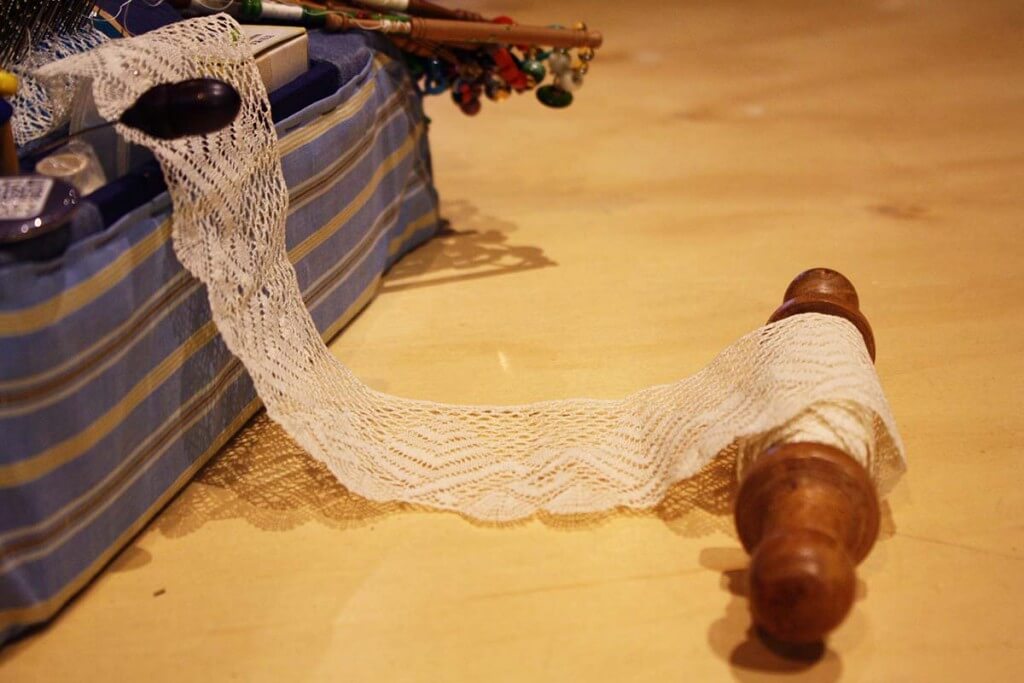
Bobbin lace making at the Powerhouse Museum. One lace pattern section takes 3 hours to complete! Photo by Kathryn Wellington
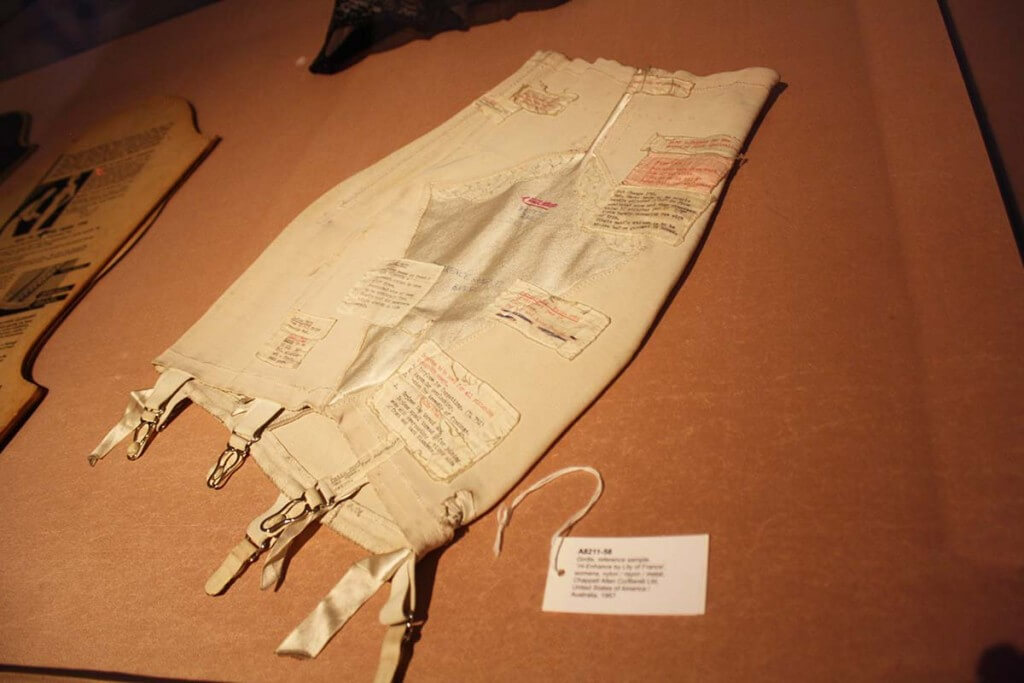
Girdle by Lily of France - 1957. This is a reference sample with sewing and making instructions sewn onto the girdle. Photo by Kathryn Wellington
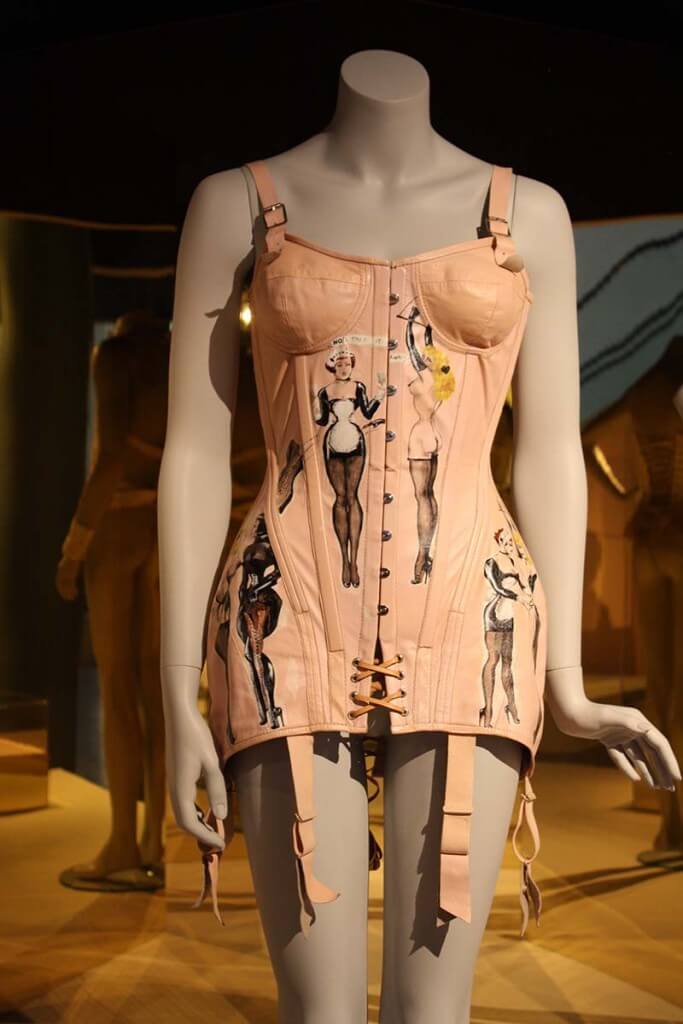
Recollect: Underwear - Designed by Gretel Pinniger 'Madame Lash'. Handpainted with images borrowed from John Willie. Photo by Kathryn Wellington
Undressed will be running at the Powerhouse Museum until the 12th of July. There is a book by the V&A, titled Underwear Fashion in Detail which features the pieces from the exhibition. Excluding the pieces from Recollect: Underwear.
Have you seen Undressed? Which pieces are the most interesting to you?





